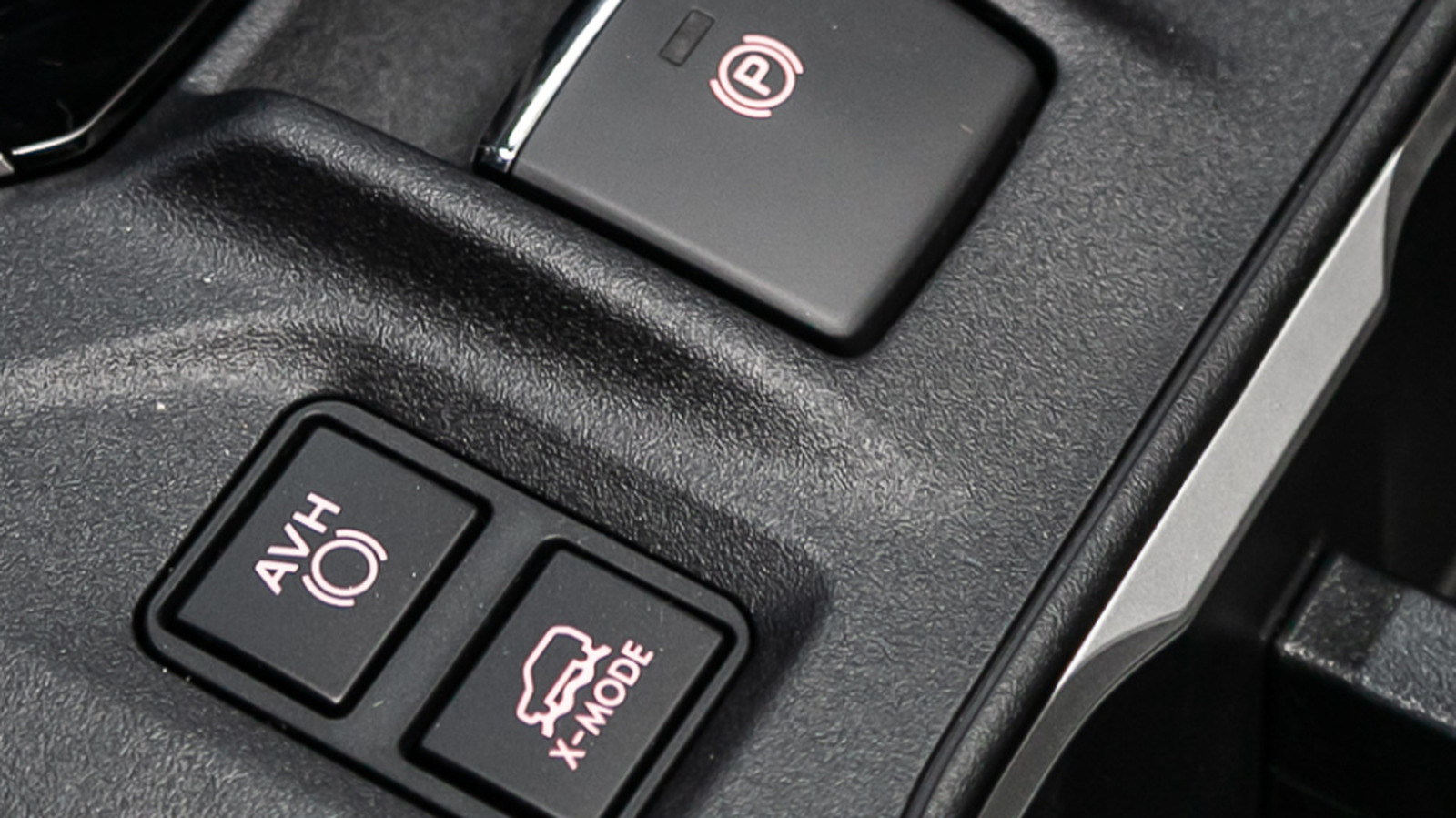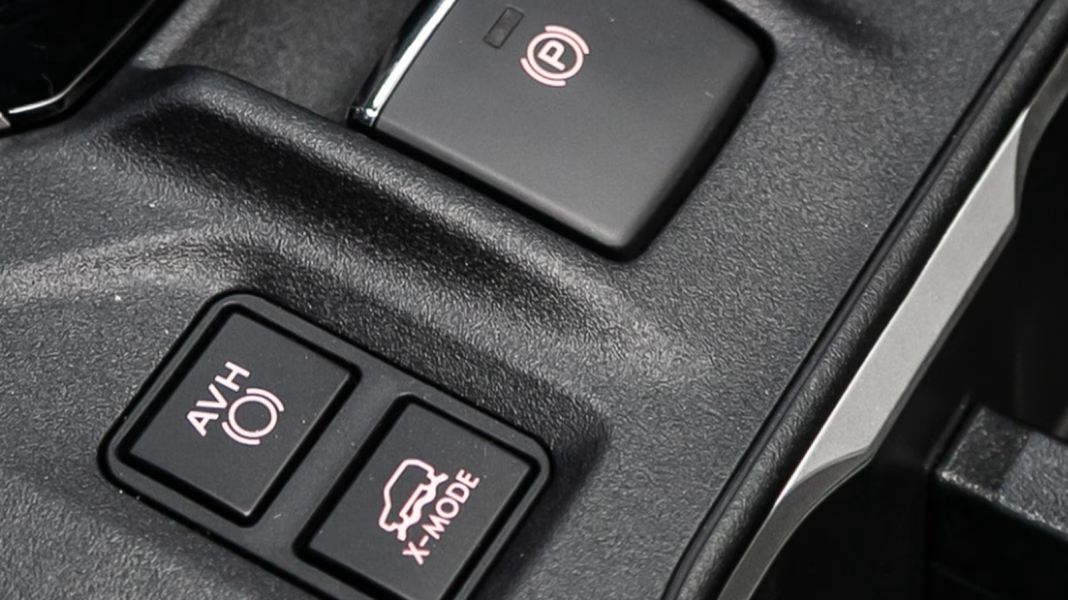What Is Subaru’s AVH Feature and Why Does It Exist?
If you’ve ever found yourself at a red light in a newer Subaru, you might have noticed a little button labeled AVH near the gear selector. AVH stands for Auto Vehicle Hold, and it’s designed to make stop-and-go driving less of a hassle. When activated, AVH automatically holds the brakes for you after you come to a complete stop, so you can take your foot off the pedal without the car rolling forward or backward. The idea is simple: reduce driver fatigue, especially in traffic or on hilly terrain.
Subaru introduced AVH as part of its suite of driver-assist features, aiming to add a layer of convenience and safety. According to Subaru’s own documentation and feedback from automotive experts, AVH can be especially useful if you’re frequently stuck in city traffic or live in an area with lots of stop signs and steep hills. It’s a small touch, but for many drivers, it’s a welcome one.
How Does AVH Actually Work in Real-World Driving?
Here’s how it plays out: You pull up to a stoplight, press the brake, and after a moment, a green AVH indicator lights up on your dashboard. At this point, you can lift your foot off the brake, and the car will stay put. Once you press the accelerator, AVH releases the brakes and you’re on your way. No rolling, no awkward shuffle between pedals.
AVH works by using the car’s electronic brake system to maintain pressure on the brakes, even after you’ve released the pedal. It’s not the same as the parking brake—it’s more like an extra set of hands holding the car still for you. This feature can be a game-changer for anyone with knee pain or those who just want to avoid the tedium of holding the brake in endless traffic.
Why Do Some Drivers Find AVH Annoying or Unnecessary?
Despite its good intentions, AVH isn’t universally loved. Some Subaru owners say it feels intrusive or unnecessary, especially if they’re used to traditional driving habits. There’s a slight delay when the system releases the brakes, which can make the car feel sluggish off the line. Others mention that the sensation of the brakes holding and releasing isn’t always smooth, leading to a jerky start.
In online forums and owner surveys, a common complaint is that AVH doesn’t always remember your preference. If you turn it off, it might reactivate the next time you start your car, depending on the model year. For drivers who like to be in full control, or who simply don’t see the need for the feature, this can be frustrating.
Is AVH Safe to Use, or Does It Have Downsides?
From a safety perspective, AVH is generally considered reliable. Subaru’s system is designed to disengage automatically if you press the accelerator or if certain conditions aren’t met (like opening the driver’s door). According to recent data from the Insurance Institute for Highway Safety (IIHS), features like AVH have not been linked to increased accident risk.
However, there are a few quirks to keep in mind. In icy or slippery conditions, some drivers report that AVH can cause a slight delay in response time, which might be unnerving if you’re trying to make a quick move. And if you’re towing or carrying a heavy load, it’s worth double-checking your owner’s manual to see if AVH is recommended.
How Can You Disable AVH If You Don’t Like It?
If you’ve tried AVH and decided it’s not for you, disabling it is straightforward. Look for the AVH button near your gear selector—usually marked clearly. Press it once, and the indicator light on your dashboard should turn off. That’s it. The system is now inactive for your current drive.
Here’s the catch: on many Subaru models, AVH resets to “on” every time you restart the car. If you want it off for good, you’ll need to press the button each time you start the engine. There’s no permanent off switch in the vehicle’s settings, at least as of the latest model years. Some tech-savvy owners have explored aftermarket solutions, but these can void warranties or interfere with other safety systems—so proceed with caution.
Tips for Getting the Most Out of AVH (or Living Without It)
If you’re on the fence about AVH, try using it for a week in different driving scenarios. Notice how it feels in traffic, on hills, and during quick stops. If you find it helpful, great—leave it on. If not, just remember to tap that button when you start your car.
For those who dislike AVH but want to avoid the hassle of turning it off every time, consider making it part of your start-up routine—right after buckling your seatbelt. It’s a small adjustment, but it can make your drive feel more natural.
The big takeaway? AVH isn’t about perfection—it’s about smarter adjustments. Start with one change this week, and you’ll likely spot the difference by month’s end.


